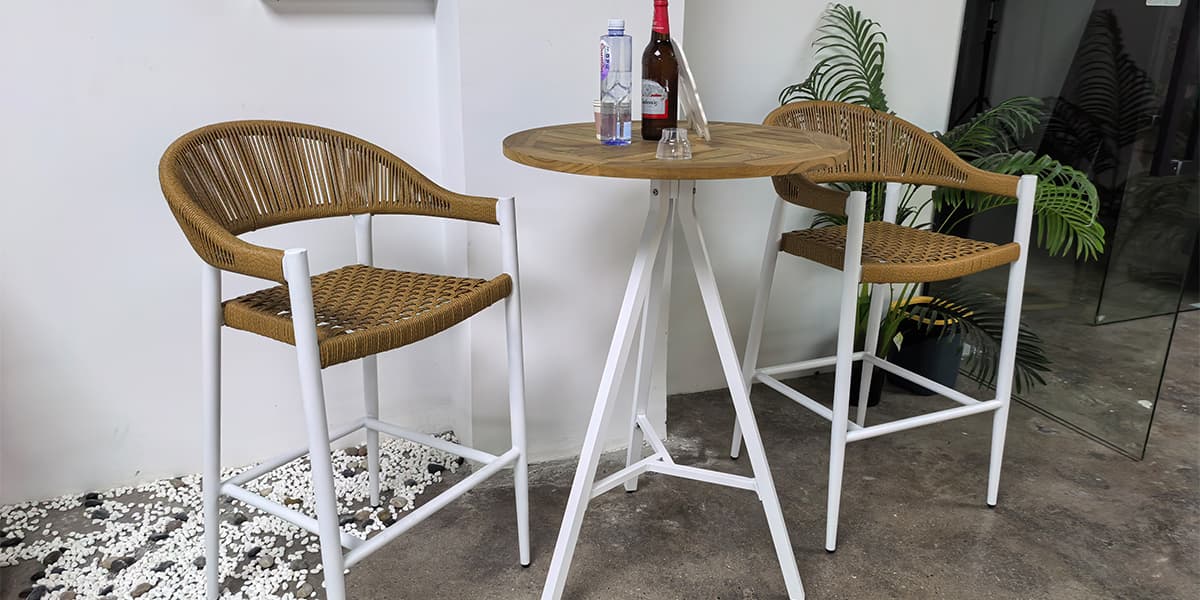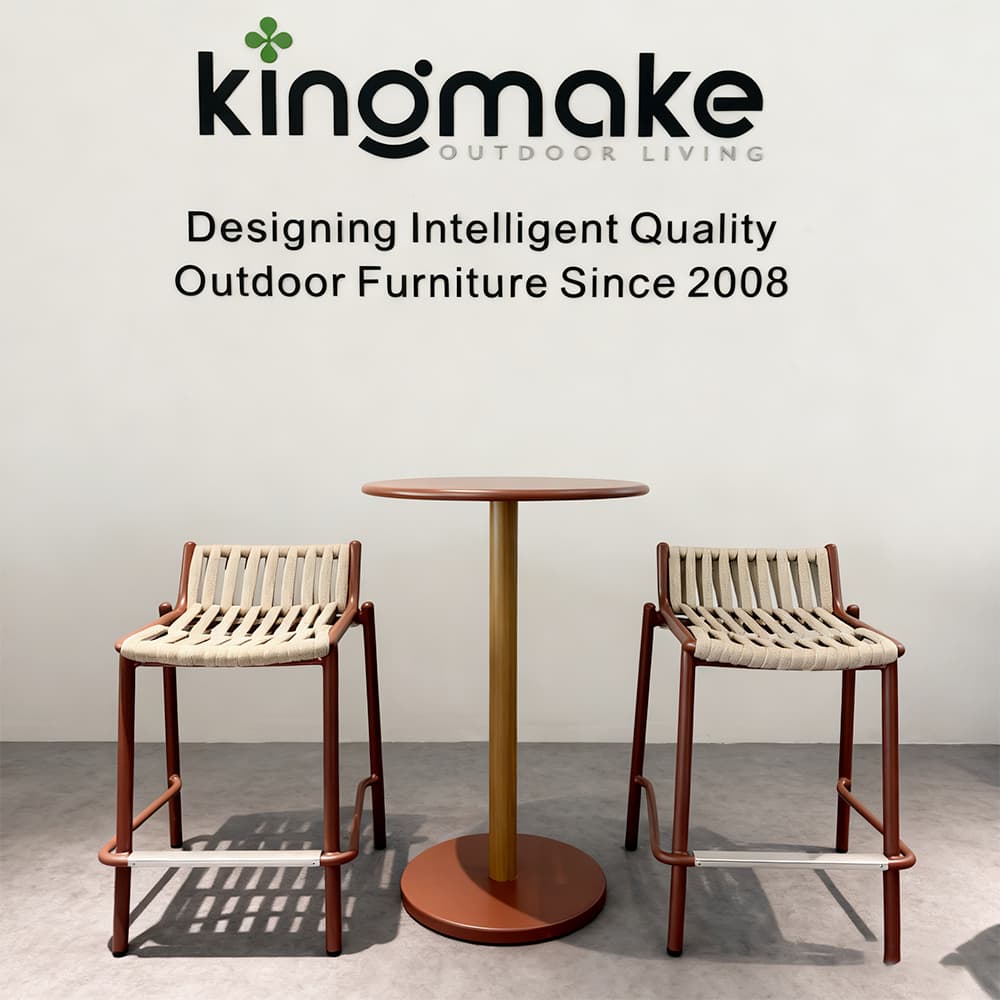Guide to Commercial Bar Stools & Durable Outdoor Bar Furniture Trends
In the vibrant world of furniture manufacturing, bar stools hold a unique and often underestimated position. They’re not just seats; they’re design statements, functional necessities, and critical components in spaces ranging from bustling commercial eateries to cozy home kitchens. For a bar stool manufacturer, navigating this dynamic landscape requires a blend of traditional craftsmanship and modern industrial prowess. At Kingmake, we extend this philosophy to outdoor commercial bar furniture, primarily using durable aluminum and FSC-certified teak for frames, with the option to add handwoven wicker to arms and backs. This allows us to infuse more versatile and stylish elements into your outdoor relaxation experience. This guide delves into the multifaceted journey of creating exceptional bar stools, from the initial spark of design inspiration to the complexities of efficient production and strategic market placement. We’ll explore the critical decisions that define a successful manufacturer, focusing on quality, innovation, and customer satisfaction. Building a legacy in this industry isn’t just about output; it’s about understanding the subtle nuances of material science, ergonomic design, and brand storytelling. Join me as we uncover the insights that propel a bar stool manufacturer from simply producing to truly crafting, shaping spaces and experiences with every piece.
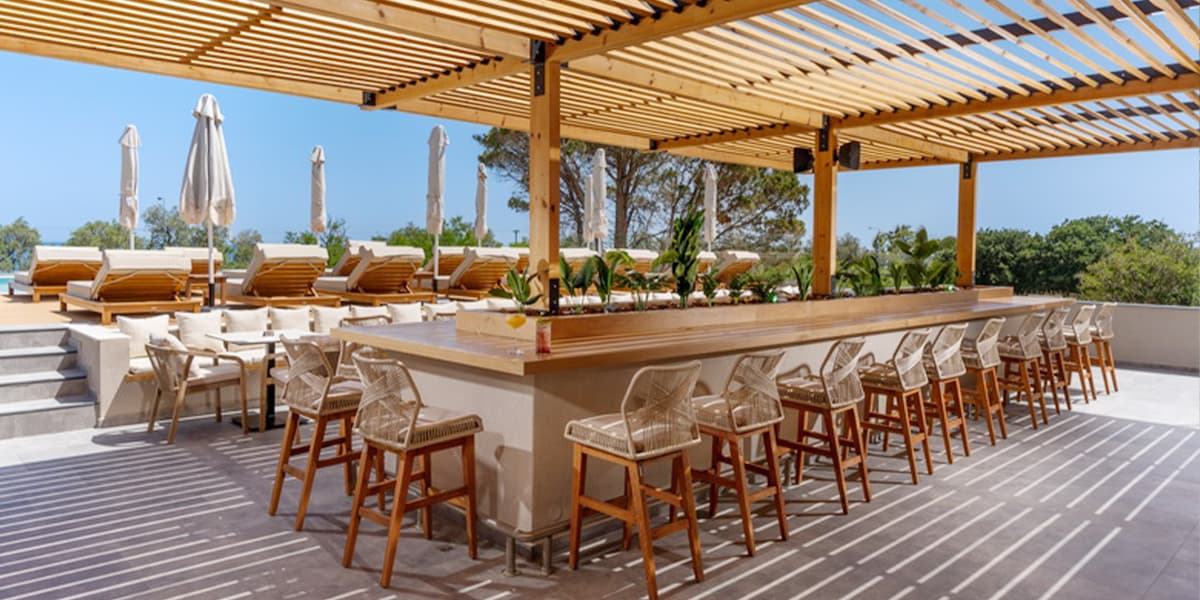
Frequently Asked Questions
FAQ 1: What are the most popular materials used in bar stool manufacturing nowadays?
Nowadays, the most popular materials for bar stool manufacturing include solid wood, various metals like steel and aluminum, durable plastics such as polypropylene, and a range of upholstery fabrics. Each material offers distinct advantages in terms of durability, aesthetic appeal, cost, and suitability for different environments. Manufacturers often combine these materials to achieve desired designs and performance characteristics, balancing strength with visual appeal. The choice of material significantly impacts the bar stool’s overall feel and target market.
Real Results: A manufacturer who diversified from solely wood to include metal and plastic options saw a 30% increase in market share by appealing to broader design preferences and budget points.
Takeaway: Diversify material options to cater to a wider market and adapt to evolving design trends effectively.
FAQ 2: How do design aesthetics influence consumer purchasing decisions for bar stools?
Design aesthetics profoundly influence consumer purchasing decisions for bar stools as they are often chosen to complement existing decor and reflect personal style. Consumers prioritize visual appeal, seeking stools that align with their home’s or business’ architectural style, color schemes, and overall ambiance. Trends like minimalist, industrial, mid-century modern, or rustic designs play a significant role in dictating demand. A well-designed bar stool isn’t just functional; it’s a statement piece that enhances the overall environment.
Real Results: A boutique manufacturer noticed that its uniquely designed, Scandinavian-inspired bar stools consistently outsold standard models by a 2:1 margin, despite a higher price point.
Takeaway: Invest in innovative and trend-aligned design to capture consumer attention and command better market positioning.
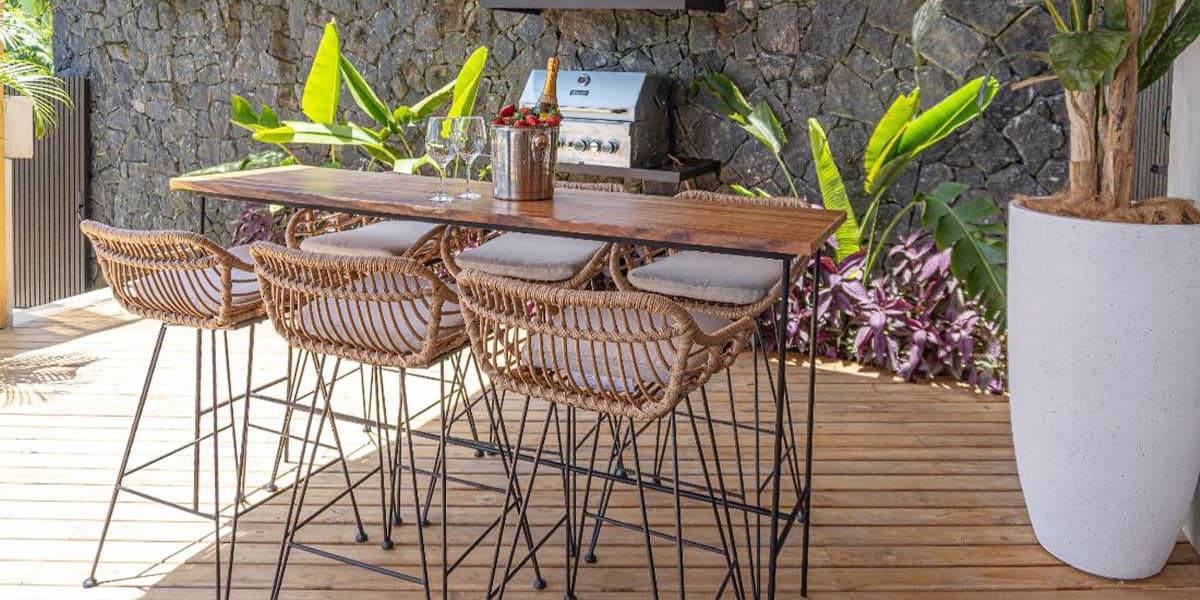
FAQ 3: What ergonomic considerations are crucial for bar stool design?
The crucial ergonomic considerations for bar stool design include proper seat height, footrest placement, seat depth, and backrest support to ensure user comfort and promote good posture. The ideal seat height, typically 28–32 inches for standard bars, allows users to comfortably rest their feet on a footrest while keeping their thighs parallel to the floor. An adequate seat depth prevents pressure points, and a supportive backrest, even a small one, enhances long-term comfort. These factors are vital for reducing fatigue and enhancing the user experience.
Real Results: A commercial furniture supplier reduced product returns by 15% after redesigning its barstools to include adjustable height mechanisms and better lumbar support based on user feedback.
Takeaway: Prioritize ergonomic principles in design to maximize comfort, reduce user fatigue, and minimize product returns.
FAQ 4: Are there specific safety regulations or certifications required for bar stools?
While no single federal agency solely regulates bar stools, they fall under general product safety laws, and compliance with voluntary industry standards like BIFMA (Business and Institutional Furniture Manufacturer’s Association) is highly recommended. BIFMA standards (e.g., ANSI/BIFMA X5.1) cover aspects like stability, durability, and structural integrity, which are crucial for commercial and institutional settings. Adhering to these standards demonstrates a commitment to safety and quality, providing a competitive edge. Local fire codes may also dictate material flammability for upholstered options in commercial spaces.
Real Results: A manufacturer achieved a significant competitive advantage by obtaining BIFMA certification for its entire commercial bar stool line. This led it to achieve a preferred vendor status with major hotel chains.
Takeaway: Pursue relevant industry certifications like BIFMA to validate safety, ensure compliance, and boost market credibility.
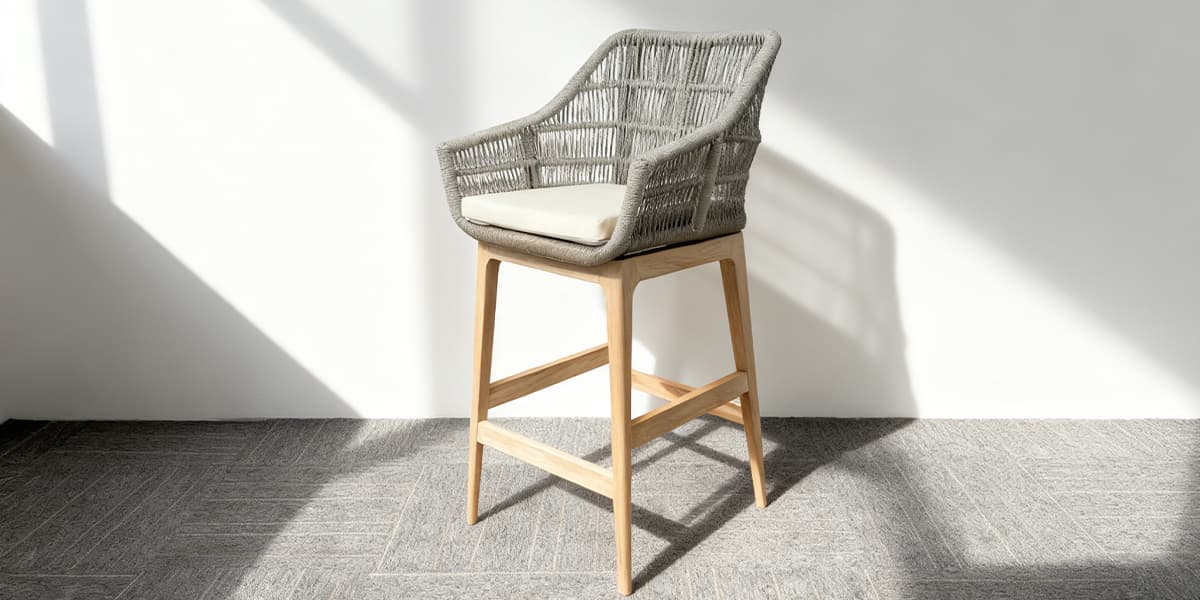
FAQ 5: How important is sustainable sourcing in modern bar stool production?
Sustainable sourcing is becoming critically important in modern barstool production, driven by increasing consumer demand for eco-friendly products and environmental regulations. Utilizing responsibly harvested wood (FSC-certified), recycled metals, and low-VOC finishes reduces environmental impact and appeals to a growing conscious consumer base. Implementing sustainable practices throughout the supply chain can enhance a brand’s reputation, open new market segments, and potentially reduce long-term costs through efficiency. This approach reflects a commitment to both planetary and business health.
Real Results: A company that switched to FSC-certified wood and recycled steel for 70% of its bar stool line reported a 25% increase in sales to environmentally conscious retailers and consumers.
Takeaway: Embrace sustainable sourcing practices to meet consumer demand and enhance your brand’s reputation and market appeal.
From the foundational principles of bar stool manufacturing to the specific application in creating durable and stylish outdoor commercial bar furniture with aluminum, teak, and handcraft with wicker, the goal is to enhance every outdoor relaxation setting. We've explored materials, design, ergonomics, safety, and sustainability—key pillars for any furniture maker. Now, we'd love to hear from you: What other relaxation elements would you suggest for your outdoor cafe and restaurant? Please let us know!
